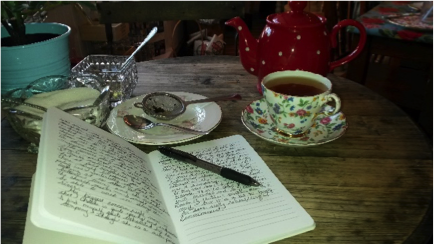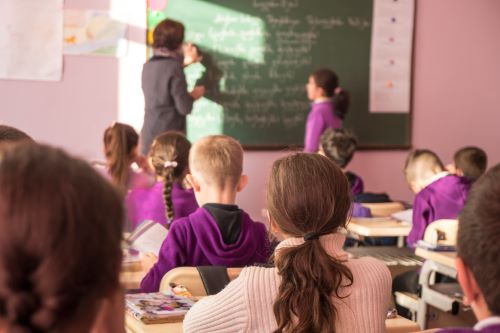I am in a Professional Learning Community.
“The most valuable resource that all teachers have is each other. Without collaboration our growth is limited to our own perspectives.” – Robert John Meehan
Sometimes as an educator it feels as if the PLC ideal is unattainable. It is a nice thought, but executing a beneficial PLC seems impossible…especially with all of the other things you have to do! Hopefully this article will provide you with enough of a push in the right direction so you are able to finally catch the ever elusive, successful PLC! As someone who has been a part of more than one functioning, well-oiled PLC machine, let me assure that it is possible AND, most importantly, worth the investment. The benefits for you, your fellow teachers, and ultimately your students, are countless!
So, here are five quick tips to help you create a valuable PLC: 
- Keep your PLC 30-45 minutes. Remember, this is not a time to socialise with one another or share the hilarious thing one of your students said that day. By all means, do those things and do them often…just not during your PLC. If your meeting takes over an hour, you might want to evaluate how much each teacher is taking away from the meeting.
- Have a clear agenda. Nothing is worse than attending a meeting with no clear direction, right? The verbal processors are talking, the internal processors are brooding, the introverts aren’t saying anything, and the extroverts are making plans for the weekend! I, of course, say this in jest but I’m sure you have been to a chaotic meeting where most people don’t even know who is running the show. Know exactly where you are going with your meeting. If additional questions arise that require discussion, deal with them outside of the meeting or add them to the next agenda.
- Come prepared. Whether you are expected to take notes to email to the other PLC members, bring student work, or have grades to share, be prepared. Don’t waste your time or the time of your fellow teachers by not being ready to get right down to business.
- It doesn’t matter if you are a long-term sub, first year teacher, or a 30-year veteran, you have things to contribute. Don’t make the mistake of thinking the veteran teachers have all the answers, or the equally poor mistake of thinking newbies don’t have much to offer. Also, and this might be the most important part, all teachers should share the student work or grades they have been asked to bring! After all, the point of the PLC is collaboration.
- Keep your focus on the students. Don’t think of your PLC as just another thing to do. Think of it as a way to hone your skill as an educator so student learning can increase, making them more successful. If you aren’t discussing outcomes and best practices, you are simply doing it wrong. While we do benefit from the PLC as educators, our students should be the ultimate beneficiaries.
-

Please remember, this is by no means a comprehensive look at PLCs. Something like that could take a book, or three![1] This article is meant to help you identify where your PLC might be going wrong, what it is doing well, and, most importantly, to remind you of why they are so worth it!
Andrea M. Craddock, M.Ed.
School Services
TeachBeyond
Photo Credits: Timer, kitchen_timer.jpg. SCS Bolivia TeachBeyond, 2015.
[1] For more information about PLCs, you can check out this website from ASCD, To see an example of a PLC in action check out this Youtube video. DuFour and Eakers are two well respected authorities on PLCs. A number of books can be found written by them both together and with other authors. If you don’t have time to read one of their books in full, here is a brief summary one teacher put together of the book Professional Learning Communities at Work.




